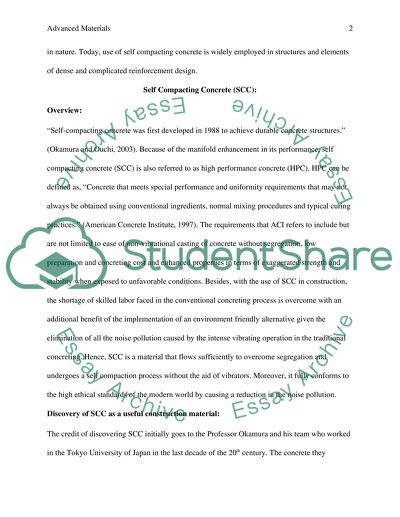Cite this document
(“Materials Engineering Essay Example | Topics and Well Written Essays - 2500 words”, n.d.)
Retrieved from https://studentshare.org/miscellaneous/1569898-materials-engineering
Retrieved from https://studentshare.org/miscellaneous/1569898-materials-engineering
(Materials Engineering Essay Example | Topics and Well Written Essays - 2500 Words)
https://studentshare.org/miscellaneous/1569898-materials-engineering.
https://studentshare.org/miscellaneous/1569898-materials-engineering.
“Materials Engineering Essay Example | Topics and Well Written Essays - 2500 Words”, n.d. https://studentshare.org/miscellaneous/1569898-materials-engineering.


